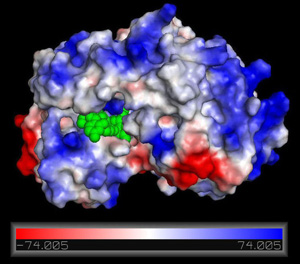
Speeding up the drug discovery process: structural similarity searches using molecular surfaces
Abstract
Simplifying spatially complicated problems in the field of drug design, pharmacology and 3D molecular modelling is becoming very important, owing to the rapid increase in genomic and structural database sizes. The computational load is immense, and novel innovative approaches are sought, in order to perform comprehensive structural studies and 3D searches at only a fraction of the original time required.
Protein docking (PD) and protein-protein interactions (PPI) are two of the most rapidly emerging fields in modern structural bioinformatics. Many studies attempt to justify biological activity and function of small molecules, macromolecules or even molecular complexes using PD and PPI. For example, the majority of the information we have about the molecular processes that take place in the nucleus or the cytoplasm, and affect DNA replication, has been acquired by fast algorithms and machine-learning approaches that investigate protein-protein interactions. Molecular dynamics, genetic and epigenetic networks, systems biology, molecular biology and many other related disciplines use PD and PPI as key research tools. Many databases have been developed in this direction: e.g., the MIPS mammalian protein-protein database, the eF-site molecular surface database, the STRING database of functional protein association networks, BioGRID, VASP, PESDserv and many more. However, the limitation is that these approaches are modelled simulations using graph-theoretical methods, whose sensitivity and specificity is not always trustworthy. Eventually, human input and insight is required, as the application of current algorithms to all available data is impossible owing to hardware- and time- limitations. Here, we present a novel strategy to perform similarity searches and molecular docking experiments using protein molecular surfaces.
Keywords
DOI: https://doi.org/10.14806/ej.18.1.501
Refbacks
- There are currently no refbacks.
 EMBnet.journal
EMBnet.journal






